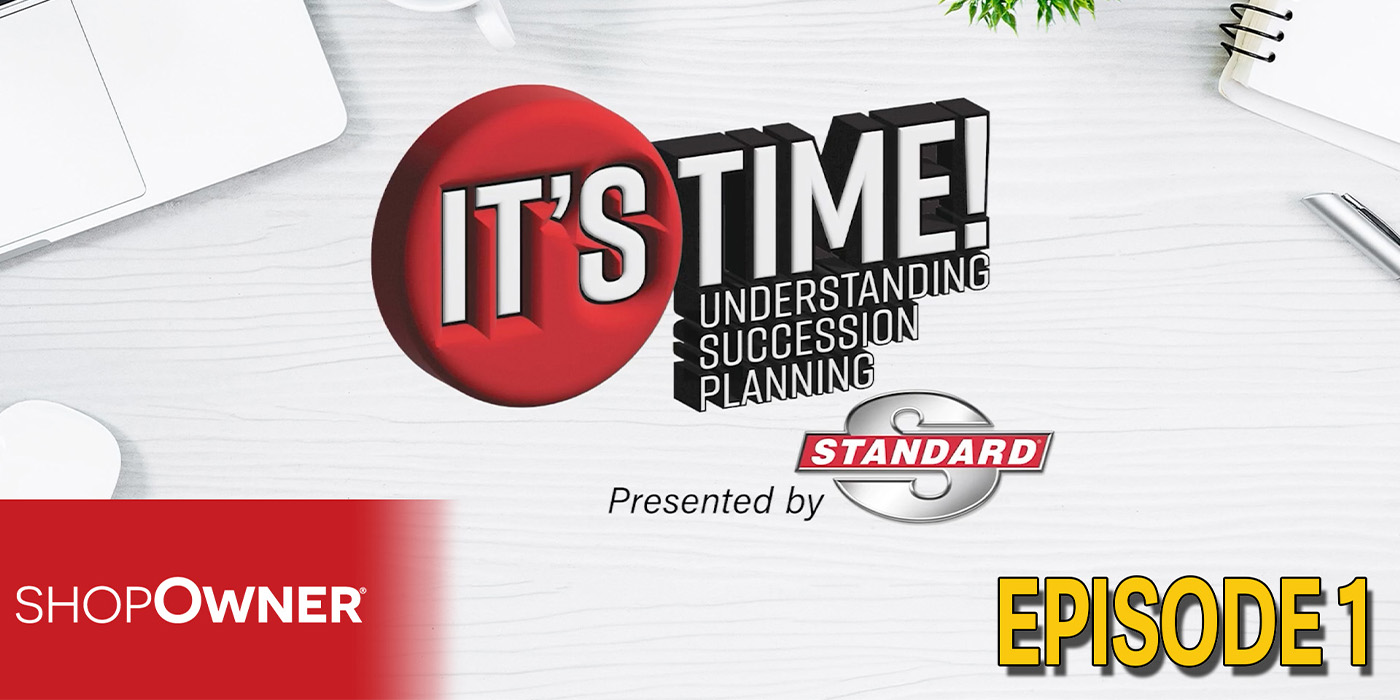CC:
CV axles transfer power from the transmission or differential to the wheels while also allowing for steering and suspension movement. So matching torque specifications for CV (constant velocity) axles is crucial in ensuring proper installation and operation of the drivetrain.
Here’s are key reasons why torquing CV axles to original OE specs is important:
- Prevent Damage: Over-torquing or under-torquing can cause damage to the threads, fasteners, or other mating surfaces of the CV axle, transmission, or even the wheel hub. This can result in premature wear, leaks, or even potentially catastrophic failure of these components.
- Maintain Proper Performance: Proper torque ensures that the CV axle is securely fastened without any unnecessary stress on related components. This also helps maintain proper alignment, reduce vibration, while ensuring smooth operation of the drivetrain system.
- Safety: Insufficient torque can lead to a loose or improperly seated CV Axle, which can cause unpredictable handling, vibrations, or even the detachment of the CV Axle from the transmission or wheel hub. This can be catastrophic and cause loss of control, potentially leading to accidents.
- Warranty Compliance: Manufacturers specify proper torque values in the service manuals for CV Axle installation. It’s important to follow proper OE specifications to ensure you are in warranty compliance to match the vehicle’s warranty coverage.
- Uniformity and Consistency: Matching OE torque requirements helps maintain uniformity and consistency in the reinstallation process, which will also help reduce the likelihood of issues related to uneven torque distribution down the road.
Note: In order to achieve proper OE torque specs on CV axles, it’s essential to follow the manufacturer’s specifications. This requires using a torque wrench to tighten the axle nut or bolts to the specified torque value. Additionally, make sure to follow the correct sequence for tightening related fasteners to ensure even torque distribution and prevent distortion or damage to any of the components.
This video is sponsored by TrakMotive.












